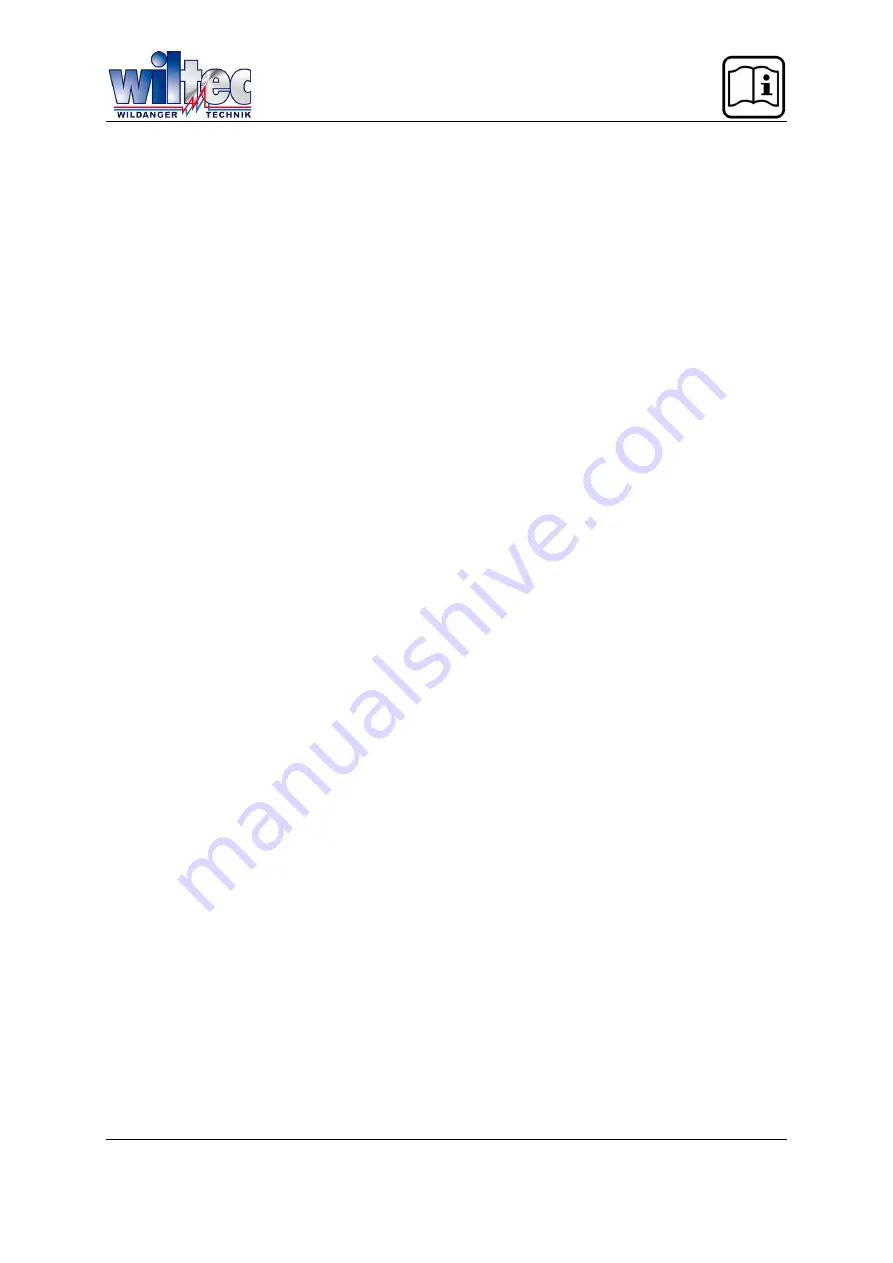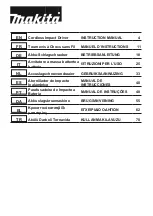
OPERATING HAZARDS
1) The use of the tool can expose the operator’s hands to hazards including crushing, impacts, cuts
and abrasions to heat. Wear suitable gloves to protect hands.
2) Operators and maintenance personnel have to be physically able to handle the bulk, weight and
power of the tool.
3) Hold the tool correctly. Be ready to counteract normal or sudden movements and use both hands.
4) Maintain a balanced body position and secure footing.
5) In cases where the means to absorb the reaction torque are requested, it is recommended to us a
suspension arm whenever possible. If that is not possible, side handles are recommended for
straight case and pistol-grip tools. Reaction bars are recommended for angle nutrunners. In any
case it is recommended to use a means to absorb the reaction torque above 4 Nm for straight
tools, above 10 Nm for pistol-grip tools and above 60 Nm for angle nutrunners.
6) Release the start-and-stop device in the case of an interruption of the energy supply.
7) Only use lubricants recommended by the manufacturer.
8) Do not use in confined spaces and beware of crushing hands between tool and workpiece, espe-
cially when unscrewing.
REPETITIVE MOTIONS HAZARDS
1) When using a power tool the operator can experience discomfort in the hands, arms, shoulders,
neck and other parts of the body due to constant vibrations.
2) While using an assembly power tool the operator should adopt a comfortable posture while main-
taining secure footing and avoiding unnatural or off-balanced postures. The operator should
change posture during extended tasks, which can help to avoid discomfort and fatigue.
3) If the operator experiences symptoms such as persistent or recurring discomfort, pain, throbbing,
aching, tingling, numbness, burning sensations or stiffness, these warning signs must not be ig-
nored. The operator has to tell the employer and consult a qualified health professional.
ACCESSORY HAZARDS
1) Disconnect the assembly power tool from the energy supply before changing the inserted tool or
any accessory.
2) Do not touch sockets or accessories during impacting as this increases the risk of cuts, burns or
vibration injuries.
3) Use only sizes and types of accessories and consumables that are recommended by the manu-
facturer. Do not use other types than defined by the manufacturer.
4) Only use sockets that are in good condition. Sockets in poor condition can shatter and become
projectiles.
© by WilTec Wildanger Technik GmbH
Seite 16
http://www.WilTec.de
http://www.aoyue.eu
http://www.teichtip.de























